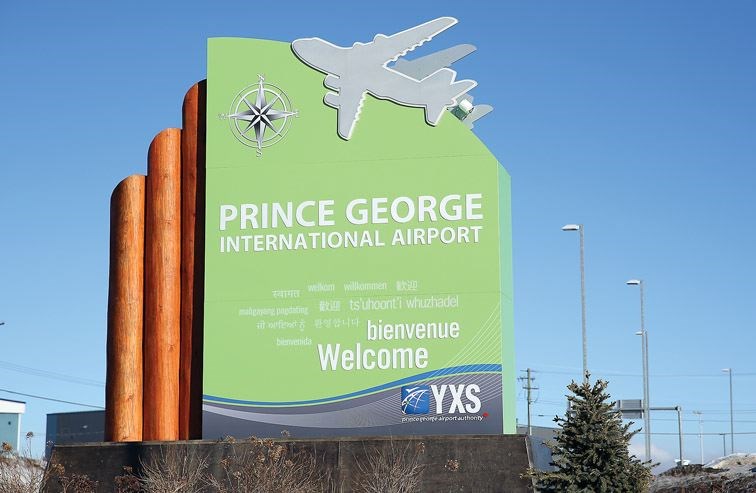Upgrade money is parachuting in for some of the region's smaller airports.
The provincial government unveiled the funding on Thursday for the transportation facilities that mean so much to the overall industry and trades sectors of the north, as well as the emergency medical services of more isolated communities.
Twenty-three airports across the province got money from the B.C. Air Access Program (BCAAP). The strips in the general local region include:
Quesnel - runway lighting replacement.
Vanderhoof - apron expansion.
Fraser Lake - new windsocks, line painting and signage.
108 Mile Ranch - automated weather system replacement.
Anahim Lake - fuel system reconfiguration.
Valemount - lighting rehabilitation.
Receiving funding in the farther reaches of the north include the airports at Bob Quinn Lake, Dease Lake, Bella Coola, Stewart and Telegraph Creek.
"Airports are a vital transportation link across the province and a lifeline for the many smaller communities they serve," said Claire Trevena, Minister of Transportation and Infrastructure. "These grants make sure airports have the support they need to make important upgrades that would otherwise be too costly."
These upgrades can often ladder into even greater improvements if they are hotspots on the airport's priority list.
Each investment is also another boost to the overall network of the north, since airports always act in concert with each other.
Each flight, after all, has both a takeoff point and a destination point.
Prince George's airport is the busiest in the region for connecting plane traffic to smaller local destinations.
Helping those satellite airstrips will likely have positive impacts for the regional hub airports in Prince George, Smithers and Fort St. John.
-- see 'OUR AIRPORTS, page 3
In a region as widespread as the north, with such integrated economies (intermingled financing, labour, goods and services aspects of various projects), the small airports are factors in the fiscal health of the overall area.
"Our airports are critical for B.C. - they are the socio-economic drivers for the communities they serve, and the B.C. Air Access Program offers vital support to these heavily used facilities," said Heather Bell, chair of the British Columbia Aviation Council.
"We're thrilled that, once again, the province is providing this welcome funding relief that makes it possible for B.C. airports to upgrade their facilities with important improvements that will benefit the communities, staff and travellers who use them."
BCAAP is a cost-share program that provides funding to assist communities with improvements to their aviation infrastructure.
The program, now in its fourth year, can cover up to 75 per cent of the costs for airport infrastructure rehabilitation projects, 50 per cent of the costs for new infrastructure or 60 per cent for blended projects (rehabilitation projects that include new infrastructure).
This year, the grants total over $5.3 million.
"Funding from the B.C. Air Access Program made it possible for us to complete crucial safety upgrades at Chetwynd Airport," said Carol Newsom, chief administrative officer with the District of Chetwynd, which received $1.3-million last year from this granting program. "There was a critical need to resurface this runway, so planes and emergency aircraft could continue to land safely and our airport could remain open. We're grateful for the long-term impact this will have on our facility and community."



